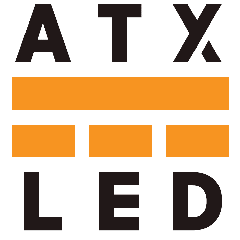Off-grid and Hybrid Systems

Our method is to combine battery, solar and DC loads to simplify and reduce the costs of smaller scale solar projects.
ATX LED DC lighting has been installed in 85+ houses with 48 volt lighting, and so far 2 use the proposed method.
In conventional grid-tied solar, energy suppliers worry about inverters feeding back to the grid. If you do have inverters and don’t feed back to the grid, regulations are simpler—for example in Austin a second meter, billing account, permitting, and costs for backfeed protection and extra 200 A main cutoffs burden the project, cutting the value of energy you produce in half.
Therefore, a system that lights, cools, exhausts and charges a dwelling with DC current, without any inverter, has no impact on utility grid tie. Indeed, the method proposed is less variable than a grid-tied solar system.
The Proposal
| Load Type | Conventional Energy for High Loads | Offload the Lower Energy Elements |
|---|---|---|
| Hot Water | Gas | |
| Cooking Range | Gas | DC–solar single pot 500 / 1800 W induction cooktop |
| Normal Loads (Dishwasher, Disposal) | 120 VAC | |
| Dryer | Gas | |
| Electric Car Charging | 240 VAC | |
| Lighting | ATX LED solution for LEDs | |
| Cell Phone / Laptop Chargers | ATX LED solution for USB and USB-C | |
| Exhaust Fans | ATX LED solution for exhaust fans | |
| Ceiling Fans | DC solution with Carro | |
| HVAC under 16,000 BTU | DC solution with HotSpot HVAC | |
| Heating | Gas | |
| Fridge | 120 VAC conventional | DIY 48 V compressor |
The DC is generated by solar and stored in a battery sized for the project. The battery is a recycled EV battery pack (3.5 kWh) kept at full charge by an algorithm that consumes grid power from time to time.
The house has an AC/DC converter that runs the home when solar + battery state is unable to. Excess solar capacity over the battery charge rate, when the battery is full, is shifted into the house, reducing grid demand. An algorithm directs power to minimize grid use and ramps demand down as daylight wanes, then ramps back up as the battery depletes after dark.
No power is fed back to the grid—eliminating 25% conversion loss and the need for two utility meters and cutoffs. Using a recycled Leaf battery at 380 V reduces cells and size: five battery sets are electrically safer. ROI is driven by reduced utility rates (23 c/kWh peak vs 9.7 c off-peak) even with no net meter.
The Parts
| Energy Source | Comment | Parts |
|---|---|---|
| Solar (Primary) | Solar array charges battery during sunlight, powers home in real time | MPPT charger (constant voltage @ 58.8 V) |
| Grid (Backup) | 500 W AC/DC converter for cloudy days | a) UHP-500-48V + ELG-150-12DA + reverse protect diode b) Scooter charger |
| Battery | 3.5 kWh recycled EV cells & BMS | Battery pack |
| HVAC Load | Connect directly to MPPT output | 7,000 Mini Split |
| Lighting & DC Loads | Voltage controlled at 51 V via RD6006 DC-DC converter | ATX LED lights, USB |
| Ceiling Fans | Natively 24 V DC; 58 V→24 V step-down fits in ceiling box | Carro fan step-down |
| DIY Fridge | 48 V compressor | Compressor unit |
ATX LED DC System Features
- Lighting with dimmers (tested per California Title 24 & JA8)
- Exhaust fans with timers and speed controls (Delta)
- Transfer fans with timers and speed controls (Delta)
- Chargers for laptops and phones
- System management
- Home automation with Siri, Alexa, Google, etc.
- Optional human-centric tunable white light
Tech Direct Details
- Does the BMS shut off current after 58.8 V? Yes
- Minimum safe voltage when drained? 42 V
- Does BMS cut load if voltage drops below threshold? Yes – at 41 V
- Can we supply 6 A from 48 V to 58.8 V without profile? Yes

